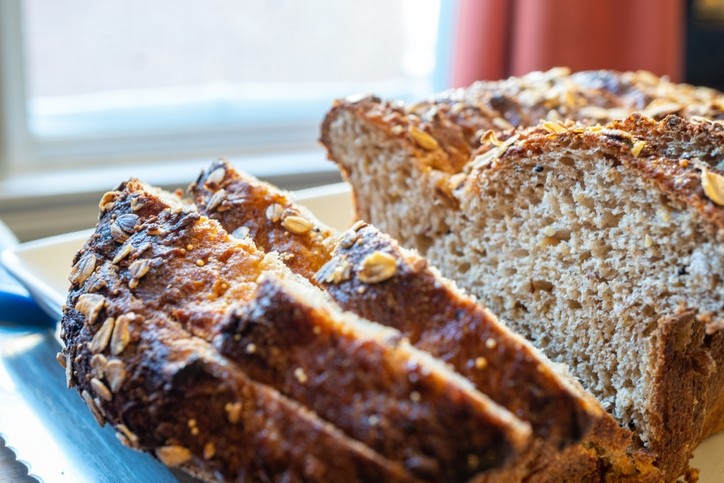Ancient grain einkorn unlocks genetic secrets for making bread wheat more resilient

Einkorn is one of the world’s oldest domesticated grains, dating back more than 10,000 years to the fertile regions of the Middle East, where its cultivation began. Its significance in global food production over the millennia has gradually declined, however, as the popularity of bread wheat soared.
Bread wheat varieties generally produce higher yields, making them more economically viable for large-scale commercial agriculture. Yet, compared to its wild cousins, modern bread wheat has a reduced genetic diversity — and many breeders are now concerned about how existing crops will fare in the face of climate change and new disease threats.
A team of scientists has therefore turned to einkorn, which because it has maintained a larger gene pool could hold the genetic secrets needed to develop bread wheat that can continue to feed the world’s growing population.
The researchers compiled the first complete genome map of an ancient grain. The 5.2-billion-letter-long sequence provides a window into the evolutionary origins of different wheat species.
The research took place at King Abdullah University of Science and Technology in Saudi Arabia. But finding a sequence to help farmers and crop breeders in all parts of the world including Europe develop more resilient bread wheat varieties was one of the major aims of the work, explained Simon Krattinger, who co-led the work.
“The domestication and breeding of bread wheat has resulted in a reduced genetic diversity compared to its wild cousins including wild einkorn,” he told FoodNavigator. The reduced genetic diversity is not necessarily a bad thing, because breeders have selected for the best performing bread wheat cultivars. Genetic diversity, however, represents the ‘raw material’ or ‘building blocks’ available for breeding. “It is thus possible that some advantageous genes might no longer be present in the bread wheat gene pool,” he said.
In the study, Krattinger’s team has determined and characterized the genetic diversity across more than 200 wild and domesticated einkorn lines. “Our genomic resources will help scientists and breeders to identify agriculturally beneficial genes in einkorn and to bring them back into bread wheat,” he told us. “This may include traits like disease resistance or adaptation to climate change. Many public and private plant breeding programs already routinely incorporate DNA sequencing information in their breeding programs.”
The ‘complex’ history of wheat
Researchers had previously assumed that the evolution of wheat was a steady process with limited mixing of different wheat species. But according to Krattinger: “our genomic analyses now show that the history of wheat is much more complex and involved a lot of mixing and gene flow between different wheat species,” including einkorn, which likely grew in close proximity to other wheat varieties, leading to DNA mixing between the two closely related species that remains evident to this day.
Just as the human genome contains sequences from our Neanderthal cousins, so too is the modern bread wheat genome littered with remnants of einkorn DNA.
Indeed, the introduction of einkorn genes in the past may have played a role in assisting bread wheat to adapt to changing climatic conditions, Krattinger notes. And if history is any indication, the same could hold true for the future, especially with the aid of modern molecularly guided breeding techniques.
“Our lab’s resources will help to precisely transfer beneficial genes from einkorn into bread wheat,” Krattinger said.
Reference
Einkorn genomics sheds light on evolutionary history of the oldest domesticated wheat
Nature
DOI: 10.1038/s41586-023-06389-7











